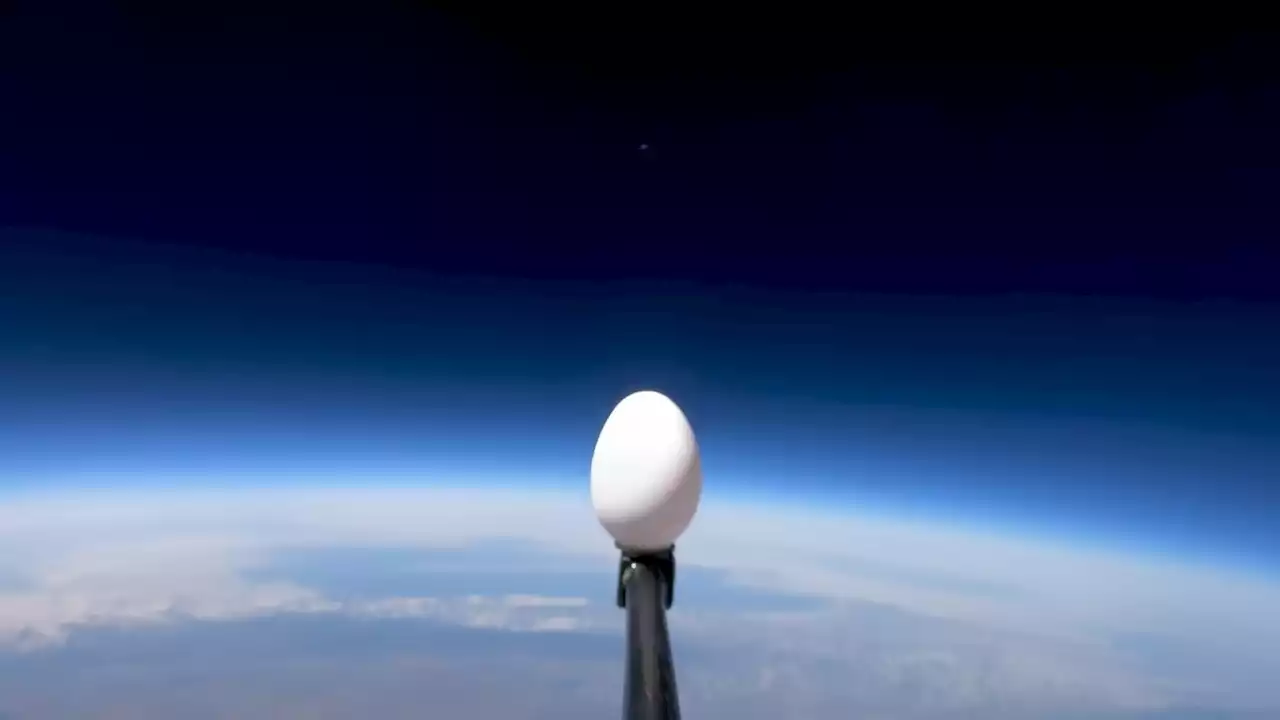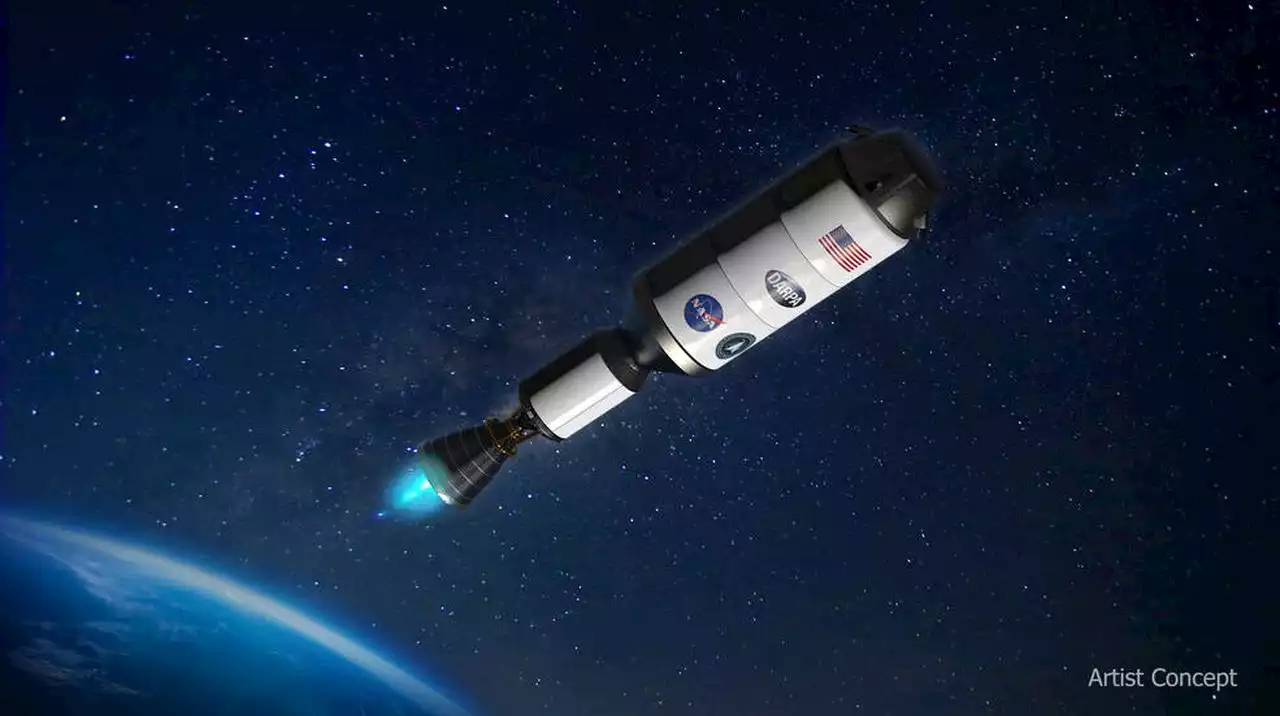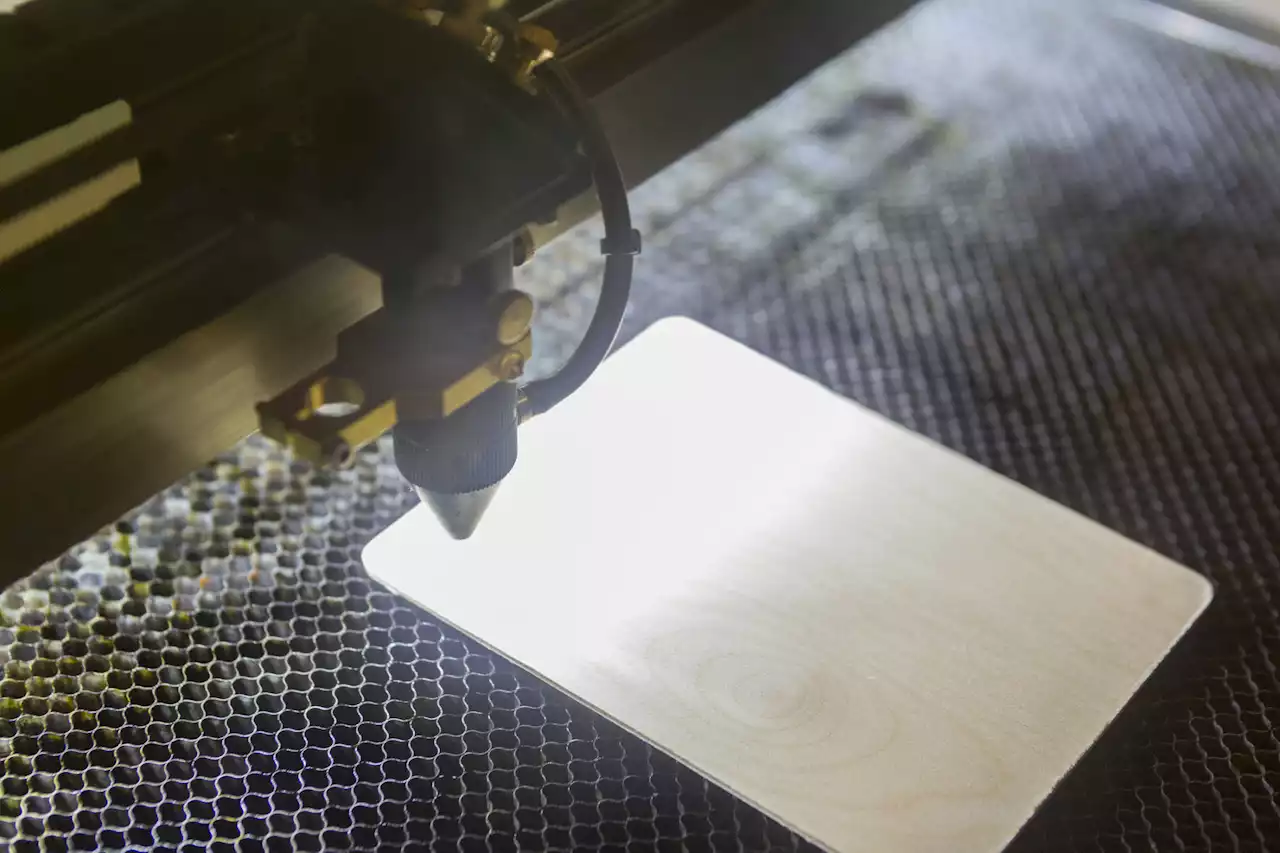This technology promises to revolutionize spacecraft design, save space, and enhance communication capabilities, opening up new frontiers for exploration and discovery.
The concept is simple yet powerful – instead of conventional electronics modules, they developed hybrid printed circuits that could be fabricated directly onto the spacecraft's structure. These circuits were so thin that the human eye couldn't even discern their existence, with traces measuring just about 30 microns, half the width of a human hair.
The successful experiment was a collaborative effort. Colleagues at NASA's Marshall Space Flight Center in Huntsville, Alabama, developed the humidity-sensing ink essential for the printed sensors, while partners from the University of Maryland's Laboratory for Physical Sciences were responsible for creating the circuits.
The implications of printed electronics extend beyond just sensors. A major improvement comes in the predictability and stability of antenna connections and design. Traditionally, antenna connections were made through a process called wire bonding, which could be messy and imprecise., the antenna can be directly printed on curved surfaces, such as the exterior of a rocket or spacecraft.
United States Latest News, United States Headlines
Similar News:You can also read news stories similar to this one that we have collected from other news sources.
 NASA Space Apps ChallengeThe NASA International Space Apps Challenge is a hackathon for coders, scientists, designers, storytellers, makers, builders, technologists, and innovators around the world to come together and use open data from NASA and its Space Agency Partners to create solutions to challenges we face on Earth and in space.
NASA Space Apps ChallengeThe NASA International Space Apps Challenge is a hackathon for coders, scientists, designers, storytellers, makers, builders, technologists, and innovators around the world to come together and use open data from NASA and its Space Agency Partners to create solutions to challenges we face on Earth and in space.
Read more »
 Watch: Former NASA engineer drops an egg from space without a crackFormer NASA engineer Mark Rober wanted to throw an egg safely from the tallest point possible. Since buildings kept getting taller and he wanted to futureproof his experiment, he decided to throw his egg from space.
Watch: Former NASA engineer drops an egg from space without a crackFormer NASA engineer Mark Rober wanted to throw an egg safely from the tallest point possible. Since buildings kept getting taller and he wanted to futureproof his experiment, he decided to throw his egg from space.
Read more »
 This new nuclear engine will get astronauts to Mars, NASA saysNuclear-powered rockets? 🚀 NASA said this week its partnership with the Defense Advanced Research Projects Agency (DARPA) will yield a nuclear-powered rocket as soon as 2027 with the goal of “a shorter, faster trip” to Mars.
This new nuclear engine will get astronauts to Mars, NASA saysNuclear-powered rockets? 🚀 NASA said this week its partnership with the Defense Advanced Research Projects Agency (DARPA) will yield a nuclear-powered rocket as soon as 2027 with the goal of “a shorter, faster trip” to Mars.
Read more »
 Airline offered free miles to mother, daughter after drunk allegedly groped them inflight: lawsuitA lawsuit states the airline served the man 11 drinks during a 2022 international flight
Airline offered free miles to mother, daughter after drunk allegedly groped them inflight: lawsuitA lawsuit states the airline served the man 11 drinks during a 2022 international flight
Read more »
